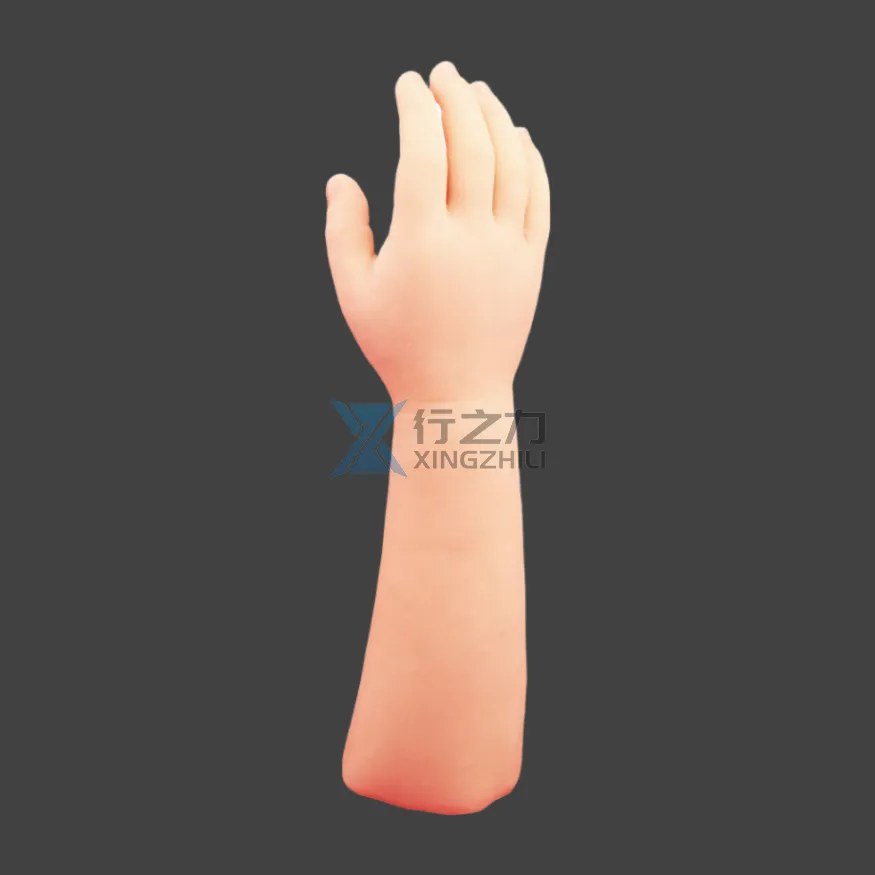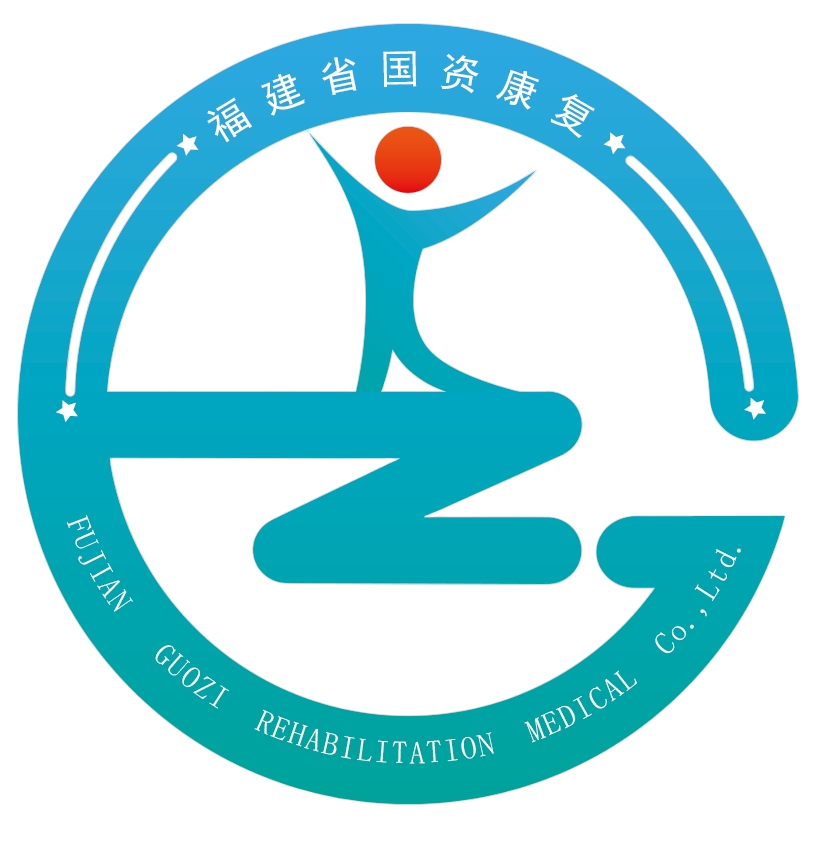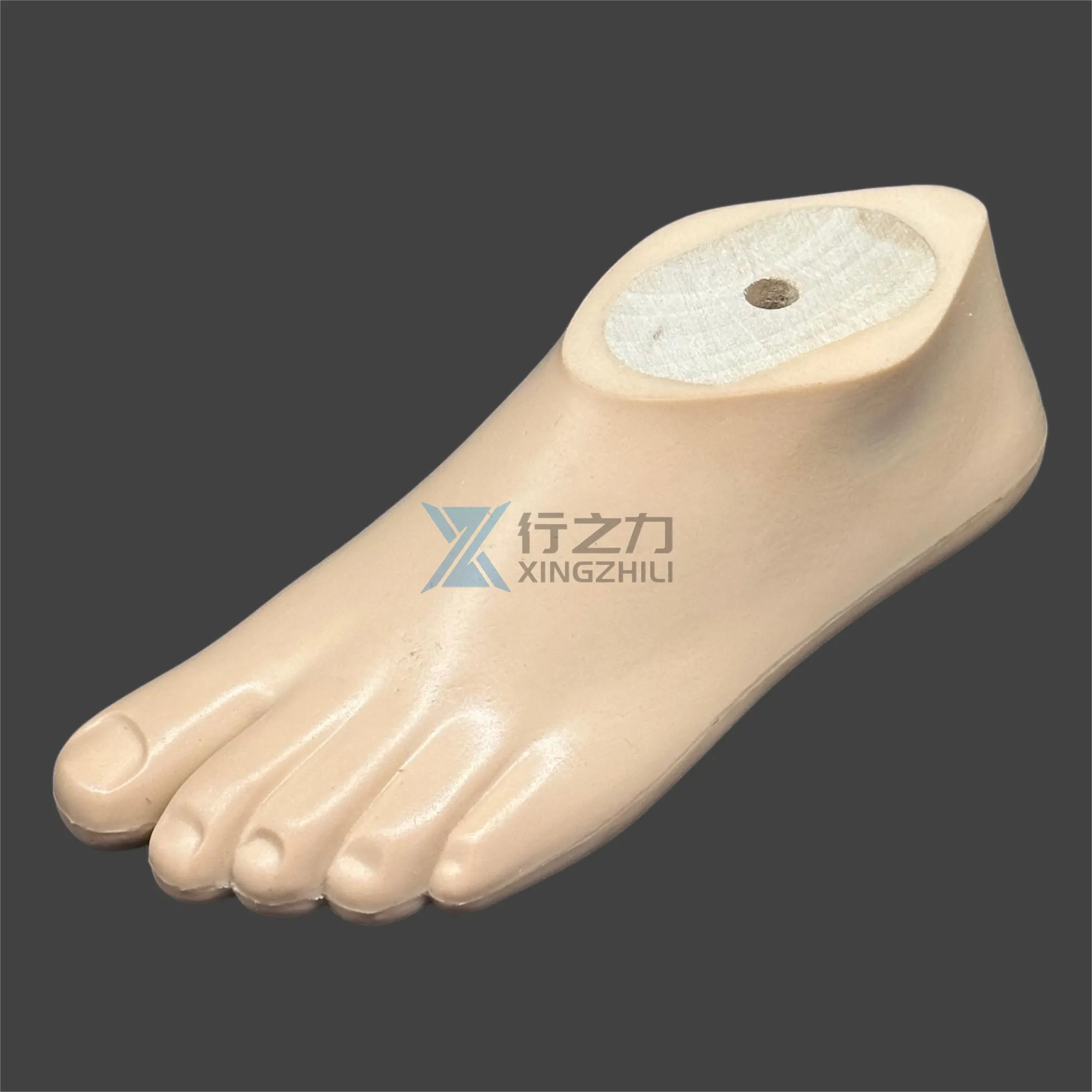Understanding the Journey of Pediatric Prosthetic Care
When a child requires a prosthetic limb, parents embark on an important journey that combines medical decisions, emotional support, and practical considerations. The process of selecting and adapting to a child prosthetic limb involves multiple factors that families need to carefully evaluate. This comprehensive guide will help parents navigate the complex world of pediatric prosthetics, ensuring they make informed decisions that best serve their child's needs both now and in the future.
The Fundamentals of Pediatric Prosthetics
Types of Prosthetic Limbs for Children
Pediatric prosthetic devices come in various forms, each designed to address specific needs and activity levels. Upper limb prosthetics may include functional hands, hooks, or specialized attachments for particular activities. Lower limb prosthetics range from basic walking aids to advanced dynamic response feet that enable running and sports participation. The choice of prosthetic type depends heavily on the child's age, level of amputation, and lifestyle requirements.
Modern prosthetic technology offers increasingly sophisticated options, including myoelectric devices that respond to muscle signals and activity-specific attachments that allow children to participate in sports and recreational activities. These advances have dramatically improved the possibilities for children with limb differences to engage in nearly any activity they choose.
Growth Considerations and Adjustments
One of the most significant challenges in pediatric prosthetics is accommodating a child's rapid growth. Children typically need prosthetic adjustments or replacements every 12-24 months, depending on their growth rate and activity level. This ongoing need for modification means parents must plan for regular prosthetic updates and maintain close communication with their child's prosthetist.
Modular prosthetic systems have become increasingly popular as they allow for component replacement without requiring an entirely new device. This approach can help manage costs while ensuring the child prosthetic limb continues to fit properly throughout development stages.

Financial Planning and Insurance Considerations
Understanding Coverage Options
The cost of a child prosthetic limb can be substantial, often ranging from several thousand to tens of thousands of dollars. Insurance coverage varies widely between providers and plans. Parents should thoroughly review their insurance policies and understand what aspects of prosthetic care are covered, including initial fittings, adjustments, repairs, and replacements.
Many insurance companies require pre-authorization for prosthetic devices and may have specific requirements regarding medical necessity documentation. Working with a knowledgeable healthcare team can help navigate these requirements and maximize insurance benefits.
Additional Funding Resources
Beyond insurance, numerous organizations provide financial assistance for pediatric prosthetics. Non-profit organizations, government programs, and charitable foundations often offer grants or financial aid specifically for children needing prosthetic devices. Parents should explore these resources early in the process to understand all available options for funding their child's prosthetic care.
Some families also find success with crowdfunding platforms or community fundraising events. These approaches can help bridge gaps in coverage and ensure children receive the most appropriate prosthetic solutions for their needs.
Preparation and Adaptation Process
Initial Assessment and Fitting
The journey begins with a comprehensive evaluation by a pediatric prosthetist who will assess the child's physical condition, lifestyle needs, and goals. This initial assessment helps determine the most appropriate type of prosthetic device and creates a foundation for successful long-term use. The fitting process typically involves multiple appointments to ensure optimal comfort and function.
During this phase, measurements and molds are taken, and preliminary fittings help fine-tune the prosthetic's alignment and comfort. Parents should expect several adjustments as their child adapts to the new device and provides feedback about fit and function.
Physical Therapy and Training
A crucial component of successful prosthetic use is comprehensive physical therapy. Children require specialized training to learn how to properly use their prosthetic limb and develop new movement patterns. This training period varies among individuals but typically involves several weeks to months of regular therapy sessions.
Physical therapists work closely with children to build strength, improve balance, and develop the coordination needed for daily activities. They also teach important care and maintenance routines that help extend the life of the prosthetic device.
Emotional and Social Support Strategies
Building Confidence and Independence
The emotional aspect of adapting to a child prosthetic limb is as important as the physical considerations. Parents play a crucial role in helping their child develop a positive self-image and confidence in their abilities. Encouraging independence while providing appropriate support helps children develop resilience and adaptability.
Creating opportunities for children to connect with peers who use prosthetics can provide valuable emotional support and role models. Many organizations offer camps, support groups, and social events specifically for children with limb differences and their families.
School and Activity Integration
Working with schools to ensure appropriate accommodations and support is essential for a child's success. Teachers and staff should be informed about the child's needs and capabilities, while maintaining expectations for participation and achievement. Many children with prosthetic limbs excel in various activities when given proper support and encouragement.
Parents should advocate for their child's inclusion in physical education and extracurricular activities, working with coaches and instructors to make necessary adaptations while maintaining safety and promoting participation.
Frequently Asked Questions
How often will my child need a new prosthetic limb?
Children typically require prosthetic adjustments or replacements every 12-24 months due to growth and wear. The exact timing depends on individual growth rates, activity levels, and the type of prosthetic device. Regular check-ups with a prosthetist help monitor fit and function, ensuring timely updates when needed.
What activities can my child participate in with a prosthetic limb?
With proper fitting and appropriate prosthetic components, children can participate in most activities, including sports, music, art, and daily school activities. Modern prosthetic technology offers specialized attachments and adaptations for various activities, allowing children to pursue their interests with confidence.
How can I help my child adjust to using a prosthetic limb?
Supporting your child's adjustment involves maintaining a positive attitude, following through with physical therapy, establishing consistent wear schedules, and providing emotional support. Creating connections with other families in similar situations and working closely with the healthcare team can also facilitate successful adaptation to prosthetic use.




